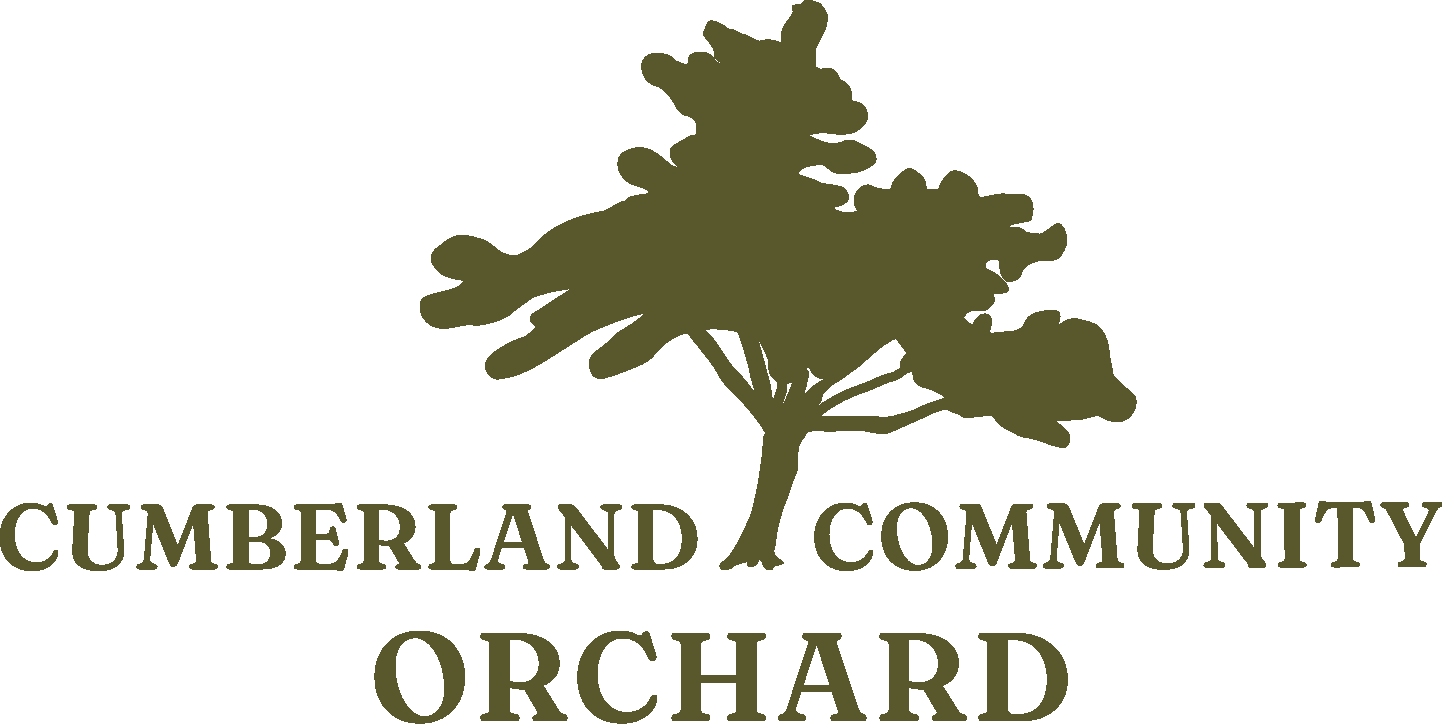Seed saving and vegetable breeding for everyone
CONTENT BY Aaron Parker, Edgewood Nursery
Basics skills and techniques needed to save the seeds
Why save seeds?
More control over what you grow
More cultivars
Preserve rare cultivars
Economics
Act of resistance
Food security
More connection to plants
Breed your own varieties
Landraces
Overview of plant lifecycles
Annual – Produces seed and dies in one year
Biennial – Grows leaves and roots in year one, produces seeds, and dies in year two
Perennial – Lives three or more years
Woody – Grows permanent woody stems
Herbaceous – Dies back to the ground in the fall and regrows in the spring
F-1 vs Open pollinated – F1s are the first generation offspring of two stable breeding lines
Species, crop, landrace, variety, cultivar – Each successive term refers to a more specific group
Monecious & dioecious – Monecious have male and female flowers on the same plant, dioecious = two plants
Self-pollinated vs Outcrossers
Selfers – typically pollinate themselves
Outcrossers – typically need to be pollinated by a separate plant/easily crossed.
Self-Incompatibility – the inability of a plant to pollinate itself
Common selfers: beans, peas, tomatoes, peppers, lettuce
Common outcrossers: corn, cucumber, muskmelon, radish, spinach, squash/pumpkin, beet/swiss chard, brassica oleracea (broccoli, brussels sprout, collards, cauliflower, cabbage, and kale), carrot, onions, brassica campestris (root turnips, Italian turnips, rapa and broccoli raab etc)
Saving outcrossers
Isolate by time – by sowing different varieties at different times or cutting back flowers
Isolate by distance – you can cut the safe distance by making use of existing barriers
Isolate by barrier/alternate day caging – extra work, but highly effective. Don’t forget pollination.
Population size – The larger the better, be aware of minimum for each species
Basic mechanics of saving seeds
Wet process (cucumbers, tomatoes, melons, etc)
Scoop – the fruit is often perfectly usable, so eat up!
Ferment – seeds are left in a jar with some extra water in a warm spot for a while
Wash – a tea strainer works well for small amounts
Dry – paper towel, newspaper, or window screen can be helpful
Dry process
Harvest – if possible do this on a dry day in the afternoon
Dry – on screens, in paper bags, generally you want some airflow
Thresh – break seeds free of their containers/stems
Winnow – separate seeds from everything else
Storage
Cool and dry – unheated closet, refrigerator, dry basement
Super dry seeds may be frozen – seeds with too much moisture may be damaged
Silica gel – can be used to get seeds super dry
Preservation Vs. Breed your own
Rogueing – getting rid of unsuitable or off-type plants
Inbreeding depression – poor results from having too small a population
New crosses – breed your own F-1s
Turning F-1s into OPs – who wouldn’t want a stable breeding Sungold?!
Resources
Feel free to contact me with questions at edgewoodlandscapes@gmail.com or call (207) 653-2065
Books
Seed to Seed: Seed Saving and Growing Techniques for Vegetable Gardeners by Suzanne Ashworth, Seed Savers Exchange; 2 edition (March 1, 2002)
Breed Your Own Vegetable Varieties: The Gardener’s and Farmer’s Guide to Plant Breeding and Seed Saving by Carol Deppe, Chelsea Green Publishing; 2nd edition (December 2000)
Web
International Seed Saving Institute www.saveseed.org Not as much detail as is available in the books, but free and a great quick reference
Dave’s Garden www.davesgarden.com A good resource for trading seeds through the mail, and also good for looking up botanical terms and other plant info.
North American Permaculture Nursery Exchange www.facebook.com/groups/1518976338351628 A good place to buy/sell/trade seeds for permaculture.
Plant Breeding For Permaculture https://www.facebook.com/groups/PlantBreedingForPermaculture A discussion group about breeding new varieties adapted
for permaculture. Lots of exciting work is being done here.
Organizations
Seed Savers Exchange: www.seedsavers.org the largest national seed saving org. Many dedicated members steward many excellent varieties. $40/year. ($30 for student/senior)
Podcast and video
I made a podcast episode and some videos on this topic – https://edgewoodnursery.com/podcast/2021/10/11/october-11th-2021-seed-saving
